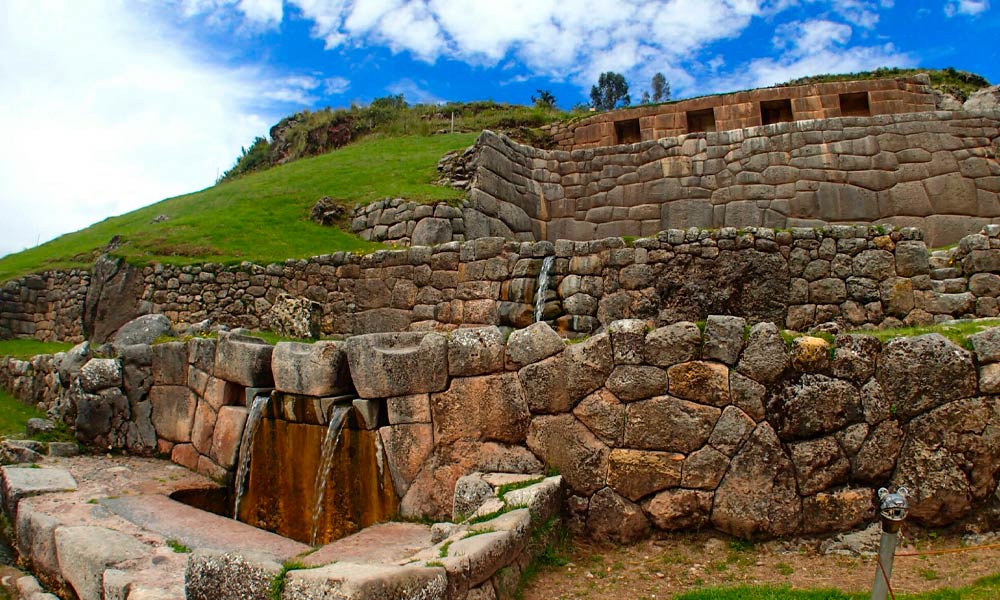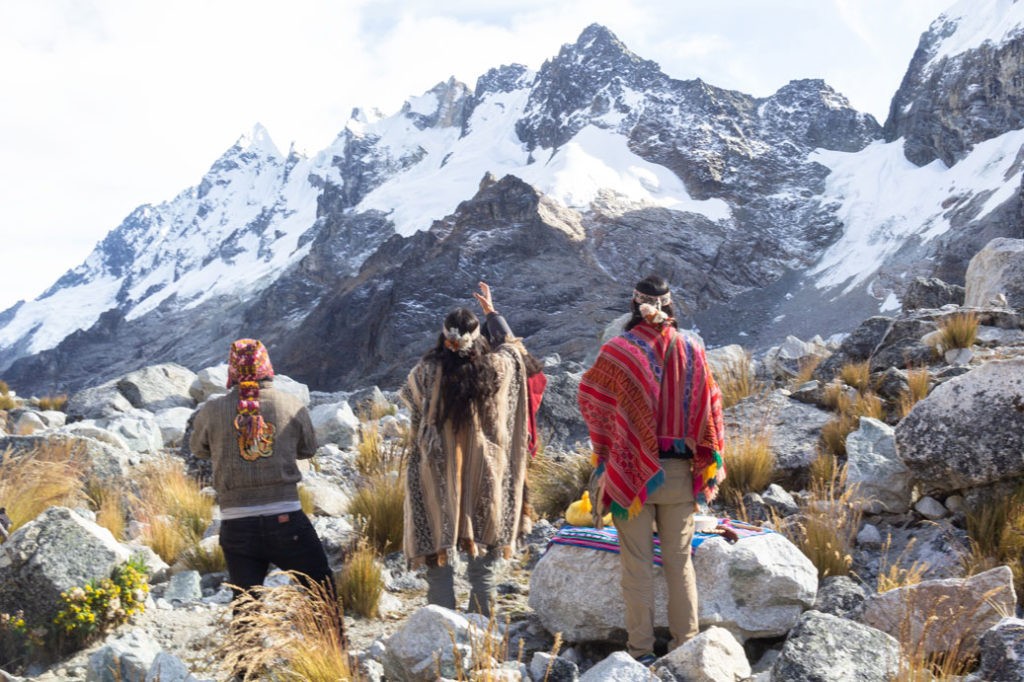Inti Raymi, the Festival of the Sun, is one of the most significant and revered celebrations in Peru, offering a captivating journey into the heart of Inca traditions. This annual event, celebrated in Cusco and other parts of Peru, pays homage to the Sun God, Inti, and serves as a profound tribute to the cultural and spiritual richness of the Inca civilization. In this exploration, we will embark on a virtual journey through time and tradition, delving into the history, rituals, and significance of the Inti Raymi festival, which continues to enchant and inspire people from all corners of the world.

A Glimpse into Inca Culture
The Inca Empire, celebrated for its remarkable advancements in numerous domains, stood as a testament to the intricate interweaving of their spiritual beliefs with daily life. Central to their civilization was the profound reverence for Inti, the Sun God. In Inca cosmology, Inti was perceived as the ultimate source of life and prosperity, and this belief was reflected in nearly every aspect of their existence.
The relationship between the Inca people and Inti was intricate and all-encompassing. They viewed Inti as the benevolent provider of warmth and light, essential for their agricultural endeavors. Agriculture was the cornerstone of the Inca society, and Inti’s radiant energy was considered vital for their crops’ growth and abundance. The observance of the Sun’s movement and its alignment with agricultural cycles played a pivotal role in their farming practices. To honor Inti and ensure agricultural success, the Incas meticulously constructed their farming terraces in harmony with the Sun’s trajectory, creating intricate systems to maximize its energy.
Moreover, the Inca civilization was punctuated with ceremonial events, many of which were tied to their celestial deity. The Sun God’s significance was evident in their rituals, with Inti Raymi, the Festival of the Sun, serving as the grandest expression of their devotion. These ceremonies were not merely acts of worship but also unifying events that reinforced the empire’s social and political cohesion.
In essence, the worship of Inti was not confined to the religious sphere but was intricately woven into the fabric of daily life, from agriculture to governance. The Sun God, with its life-giving and sustaining attributes, symbolized the heart of Inca culture, making it one of the most enduring and central components of their civilization.
Inti Raymi’s Historical Roots
The origins of the Inti Raymi festival trace back to the reign of Pachacuti Inca Yupanqui, a pivotal figure in the Inca Empire’s history. Pachacuti, the ninth emperor of the Inca Empire, presided over the empire’s zenith from 1438 to 1471. It was under his rule that Inti Raymi was established as an annual event of immense significance.
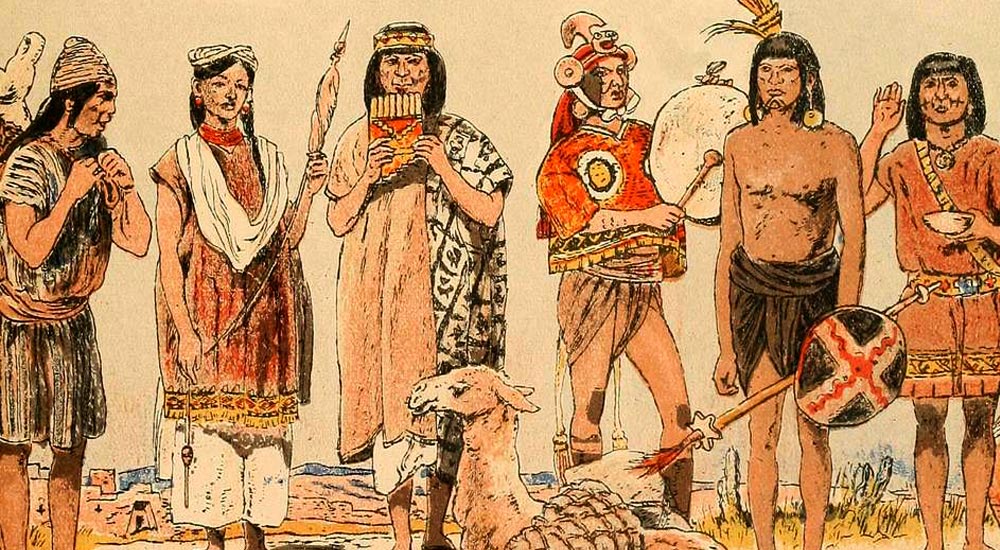
Pachacuti, renowned as a visionary leader, not only expanded the empire’s territorial boundaries but also played a crucial role in shaping its culture and spirituality. He recognized the importance of the Sun God, Inti, as the source of life and prosperity for his people. Under his guidance, the Inca Empire underwent profound transformations, both in terms of governance and culture.
One of his most enduring contributions was the establishment of Inti Raymi, a celebration intrinsically linked to the celestial cycles. Pachacuti astutely aligned this grand festival with the winter solstice, which in the Southern Hemisphere falls in June. The choice of this date was symbolic and practical. The winter solstice represented a moment of great cosmic significance when the Sun, the ultimate life-giving force in Inca cosmology, was at its farthest point from the Earth. This astronomical event marked the beginning of longer days, a promise of increased warmth, and the assurance of a bountiful harvest.
In many ways, Pachacuti’s timing for Inti Raymi encapsulated the essence of Inca spirituality and agriculture. It was a celebration of the Sun’s return, a pivotal moment in the natural world, and a representation of the cyclical patterns that governed their lives. Inti Raymi became more than a religious observance; it evolved into a unifying cultural event, a reflection of the Inca people’s deep-rooted connection to their environment and their reverence for the divine force that sustained them. Pachacuti’s wisdom in establishing this festival endures as part of the rich tapestry of Andean history and spirituality.
Inti Raymi’s Modern Revival
The early 16th century marked a dark period for the Inca people as Spanish conquistadors, led by Francisco Pizarro, ruthlessly invaded the Inca Empire. With their arrival, the enforced conversion of the indigenous population to Christianity began. This conversion included the suppression of numerous indigenous religious practices, including the Inti Raymi festival, which was considered a major pagan ceremony by the Spanish.
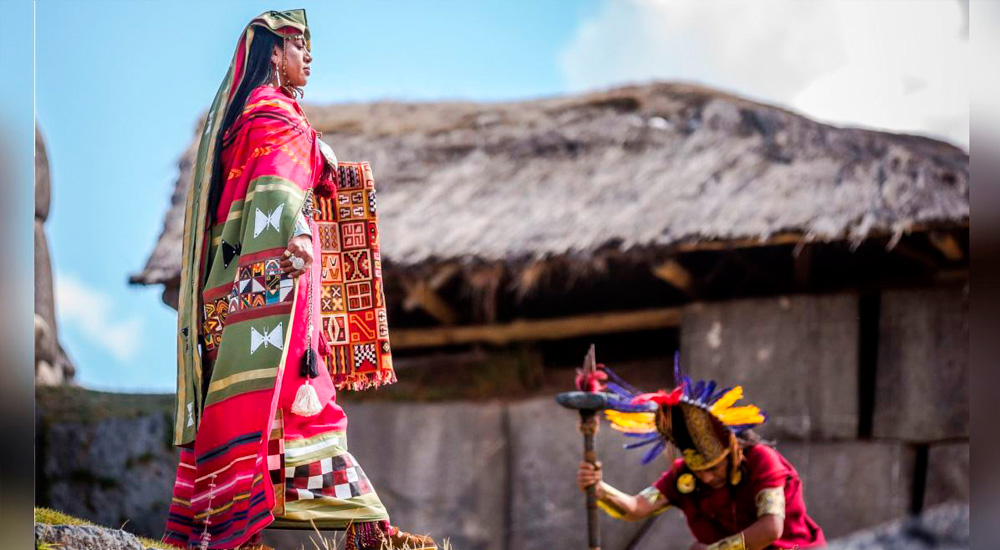
For almost four centuries, Inti Raymi went underground, practiced in secrecy by those who dared to keep its traditions alive. The conquistadors’ presence had cast a shadow over the once-flourishing Inca culture, and the original splendor of the festival was lost to time.
However, as the 20th century dawned, a renewed interest in indigenous cultures and traditions began to take hold in Peru. Peruvian intellectuals, artists, and cultural enthusiasts were at the forefront of this revival. They recognized the immense cultural wealth that had been suppressed for centuries and saw the need to preserve and showcase their country’s indigenous traditions.
Driven by their dedication and a sense of national pride, these individuals began to research and recover the ancient customs and practices that had been silenced for generations. They unearthed historical accounts, archaeological findings, and oral traditions to piece together the intricate tapestry of Inca culture and spirituality.
Their concerted efforts eventually paved the way for the revival of Inti Raymi as a grand public spectacle in Cusco. This rebirth of the festival was not only a triumph for cultural preservation but also a testament to the resilience of indigenous traditions in the face of centuries of suppression. Today, Inti Raymi stands as a symbol of cultural reclamation and a celebration of Peru’s rich and diverse heritage.
The Cusco Celebration
Today, Cusco, the ancient capital of the Inca Empire, stands as the heart of Inti Raymi celebrations. This annual extravaganza unfolds on June 24th, a carefully chosen date that closely aligns with the original Inca traditions. On this day, Cusco is transformed into a vivid tapestry of culture, a living testament to the enduring spirit of Inca heritage.
The city’s streets burst with color as flowers cascade from balconies, and its residents don vibrant and intricate traditional costumes. These garments are a homage to their ancestors and a tangible link to the past, proudly donned to honor the Sun God, Inti.
The focal point of these jubilant festivities takes place at the majestic Sacsayhuamán. This monumental archaeological site, perched just outside of Cusco, adds a sublime backdrop to the celebrations. Sacsayhuamán is believed to have been a vital location for the original Inti Raymi ceremonies during the zenith of the Inca civilization. The sprawling stone terraces and towering walls, constructed with the precision and architectural genius the Incas are renowned for, resonate with the echoes of ancient rituals.
As the day unfolds, the city resonates with traditional music and dance, bringing to life the vibrant spirit of the Inca culture. The rhythmic beat of drums and the melodies of Andean flutes fill the air, transporting both participants and spectators into the heart of an ancient celebration.
The Inti Raymi of today stands as a living bridge between the past and the present, a harmonious blend of cultural revival and the enduring faith of the Inca people in their Sun God, Inti. Cusco’s modern interpretation of Inti Raymi showcases the wealth of indigenous traditions, captivating the world with the magnificence of its heritage and the resilience of its people.
The Inti Raymi Rituals
The reenactment of Inti Raymi is a meticulous and immersive journey back to the days of the Inca Empire. At the heart of this grand portrayal is the figure of the Sapa Inca, the supreme ruler of the Inca Empire, resplendent in ornate regalia and carried aloft on a resplendent golden throne. This ceremonial depiction captures the essence of Inca power and prestige. The Sapa Inca plays a central role in the festivities by delivering a heartfelt address to the Sun God, Inti. This address serves as a profound expression of gratitude for the year’s harvest and a plea for blessings for the year ahead, following ancient customs.

To further enhance the authenticity of the reenactment, other essential characters are brought to life. The High Priest, with his regal attire, plays a pivotal role in facilitating the rituals and ceremonies that bind the Inca people to their celestial deity. The Inca’s entourage, including nobles and attendants, accompany their ruler, showcasing the grandeur of the Inca court.
Additionally, Inti Raymi incorporates representatives from various regions of the Inca Empire, each dressed in distinctive clothing that reflects their cultural uniqueness. This is a powerful reminder of the vast and diverse territories united under the Inca rule.
Colorful processions meander through the historic streets, reverberating with the rhythms of traditional Andean music. These processions are often accompanied by dance, providing a visually stunning and emotionally charged display of Inca culture. In this rich tapestry of sights and sounds, spectators are not just passive observers but are drawn into the vibrant, living history of the Inca Empire. Inti Raymi serves as a time capsule, offering a sensory journey into the past, allowing all those present to relish the vivid cultural heritage of the Incas.
The Significance of the Celebration
Inti Raymi, far from being a mere spectacle, is a window into the very soul of the Inca civilization. This grand celebration is a living testament to the Inca people’s profound connection with the natural world, an embodiment of their spiritual beliefs, and a manifestation of their deep respect for the cycles of life. It’s an authentic portrayal of their unwavering reverence for the Sun, Inti, which they considered not just a celestial body but the very source of life and fertility on Earth.

The festival underscores the Inca’s remarkable comprehension of the agricultural cycle and their unwavering faith in the Sun’s role in their society. The timing of Inti Raymi, meticulously aligned with the winter solstice, marks a turning point when the Sun, the embodiment of their benevolent deity, is farthest from the Earth. It symbolizes the return of longer, warmer days and the promise of a bountiful harvest.
The Inti Raymi reenactment serves as a vivid reminder of the Inca’s ingenuity in agriculture, showcasing their advanced farming techniques and their in-depth understanding of how these practices aligned with the Sun’s rhythms. The rituals and ceremonies conducted during the festival are steeped in agricultural symbolism, highlighting the inseparable bond between the Inca people and the land they cultivated.
By immersing themselves in the Inti Raymi festivities, both participants and spectators can grasp the intricate relationship between the Inca civilization, the cosmos, and the natural world. It’s a living history lesson that brings to life the Inca’s remarkable insights into agriculture, spirituality, and the essential role of the Sun in their daily lives, making it a truly unique and captivating cultural experience.
Modern Interpretations and Global Appeal
While Inti Raymi remains deeply rooted in its Inca origins, it has gracefully evolved to embrace a modern and multicultural perspective. Today, this majestic celebration in the heart of Cusco draws people from every corner of the globe, united by their shared appreciation for the grandeur of Inti Raymi. This international recognition is a testament to the festival’s historical and cultural significance, showcasing its enduring appeal not only to Peruvians but to all who seek to immerse themselves in its profound spirituality and mystique.
Inti Raymi, at its core, serves as a bridge between ancient and contemporary cultures. It offers a rare opportunity for people to journey through time, to stand in the footsteps of the Incas, and to feel the pulse of a civilization that thrived in the Andean highlands. The festival is a living reminder of the enduring legacy of the Inca civilization, a timeless testament to their ingenuity and their deep connection with the cosmos and the Earth.
Furthermore, Inti Raymi represents a powerful symbol of indigenous pride and the unwavering commitment to preserving cultural heritage. As the world becomes increasingly interconnected, the celebration of Inti Raymi takes on new layers of significance. It’s a beautiful fusion of tradition and modernity, where the global community comes together to appreciate and honor the remarkable history and culture of the Andean people. The festival’s ability to bridge the gap between past and present, ancient and contemporary, is a reflection of the enduring spirit of the Inca civilization that continues to inspire and captivate people from around the world.
The Future of Inti Raymi
The enduring significance of Inti Raymi is undeniable. Its capacity to captivate and inspire transcends time and borders, fostering a deeper appreciation for Inca traditions and cultural heritage. Modern Peru remains committed to preserving these cultural treasures, and Inti Raymi stands as a shining example of this dedication.
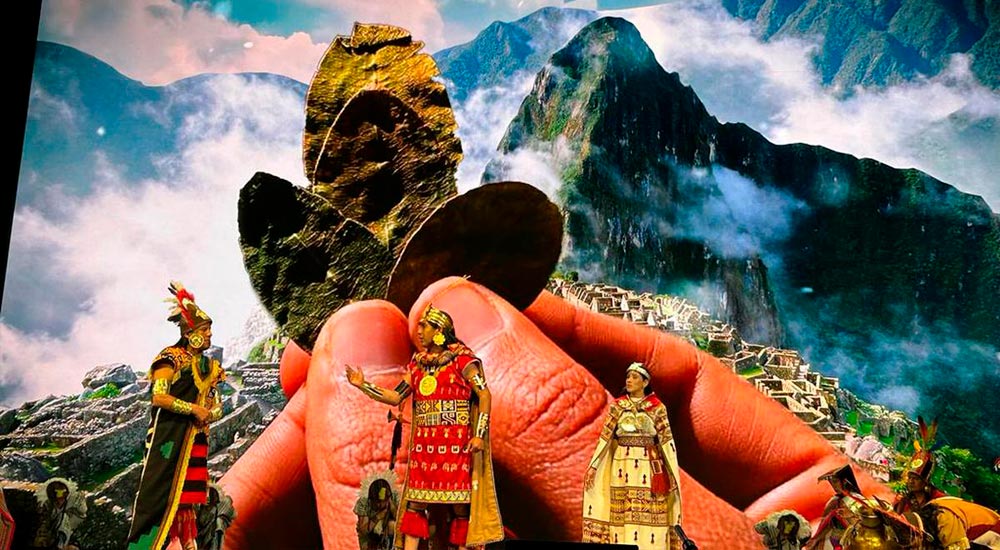
Efforts to safeguard and promote Inca traditions are unwavering. The festival continues to serve as a living museum of the past, vividly recreating the spiritual and cultural essence of the Incas. This dedication ensures that Inti Raymi’s brilliance will shine for generations to come, allowing future inhabitants of this world to witness and partake in the magic it imparts.
Inti Raymi is a testament to the richness of Peru’s history and culture. It’s an event that takes you on a journey through time, enabling a profound connection with the spirituality and traditions of the Incas. It offers an invaluable opportunity to explore the complexities of the Inca worldview, their deep reverence for the natural world, and the pivotal role of the Sun. A visit to Inti Raymi isn’t just a festival; it’s a pilgrimage through history, a chance to walk in the footsteps of a great civilization, and a rare portal into the ancient past. This grand celebration of the Sun God holds a unique place in the hearts of Peruvians and people from around the world, uniting all in a shared admiration for the Inca legacy.
In conclusion, the Inti Raymi festival is a vivid testament to the deep spirituality and advanced understanding of the natural world held by the Inca civilization. It’s a journey into the heart of Inca traditions, an exploration of the profound significance of the Sun God, and a bridge between ancient and contemporary cultures. This captivating celebration continues to enchant and inspire people from all corners of the world, reaffirming its place as a symbol of indigenous pride and cultural heritage preservation.

